I would like to use OpenCV to detect which rectangles in an image have a majority of pixels close to a given color.
Here's an example of an image I would like to process using this to identify rectangular regions that contain mostly gray pixels (possibly roads):
More precisely, given:
- dimensions h x w (height and weight of candidate rectangles)
- a distance function dist for colors (for example, the norm of the vector difference between the color vector, which could be RGB or any other representation)
- a color vector C
- a maximum distance d for colors to be from C
- a minimum percentage rate r of pixels in a given rectangle to be within distance d from C for the rectangle to be of interest,
return a mask M in which each pixel P is 1 if the rectangle of size h x w left-cornered by P contains at least r % of its pixels within distance d from C when measured with dist.
In pseudo-code, pixel P in the mask is 1 if and only if:
def rectangle_left_cornered_at_P_is_of_interest(P):
n_pixels_near_C = size([P' for P' in rectangle(P, P + (h,w)) if dist(P',C) < d])
return n_pixels_near_C / (h * w) > r
I imagine there may already exist a filter/kernel that does just that (or can be used to do that) in OpenCV, but I am still learning about it and could not identify one by looking at the documentation. Is there such a thing?
